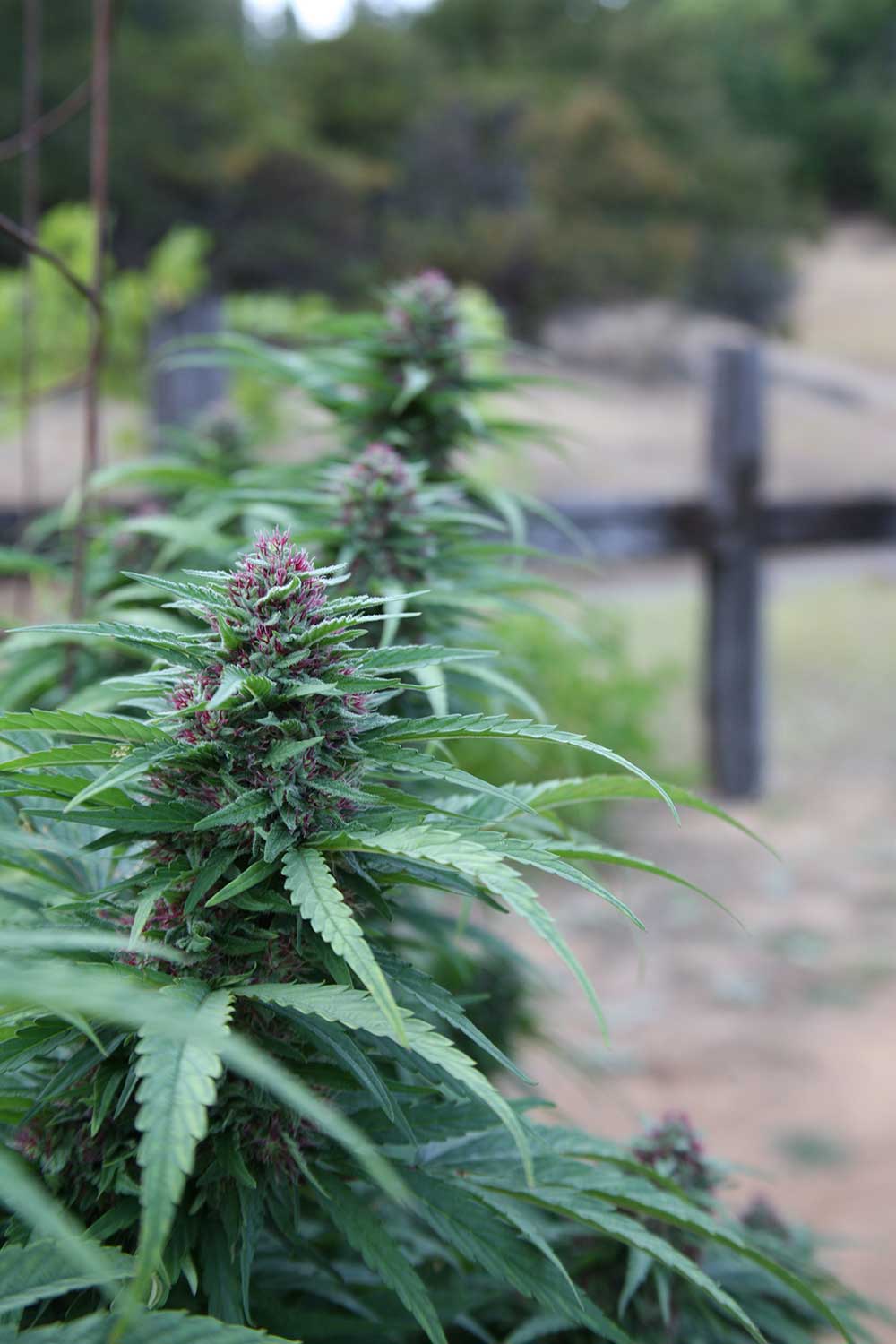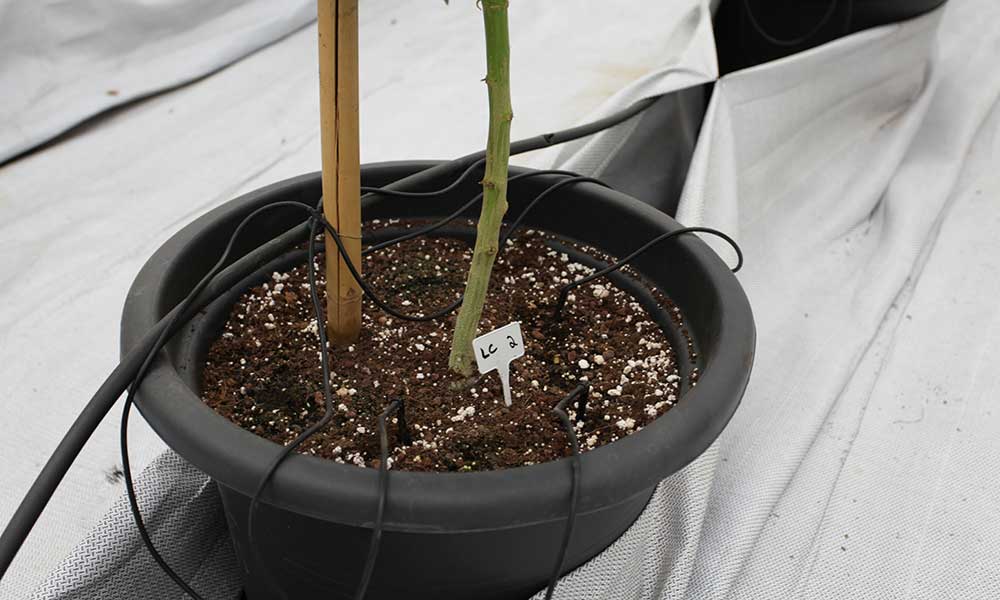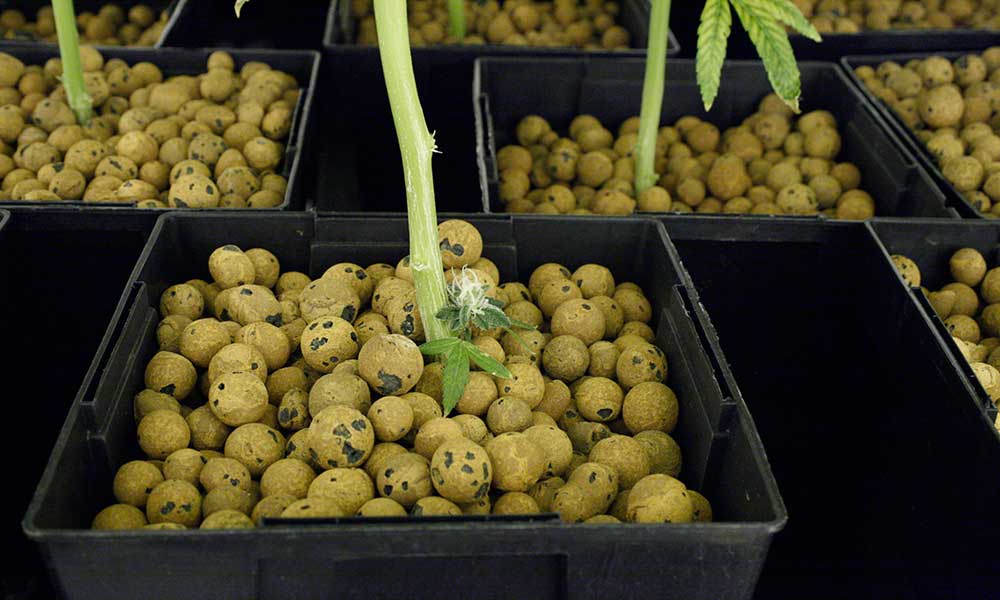The post Grow Medium Guide For Indoor Growers appeared first on High Times.
Are you a novice cannabis cultivator looking for a guide to grow mediums for indoor marijuana growing? Well, you’re in luck. High Times Cultivation Editor Nico Escondido answers all of your grow questions in his weekly Nico’s Nuggets column, and this week, he’s focusing on grow mediums for indoor growers.
The Question: What Grow Medium Is Best For New Indoor Growers?
Dear Nico,
Long-time reader, first-time grower here! As my wife and I begin our journey in growing, I wanted to get your take on the abundance of indoor grow mediums currently available on the market. As first time growers, we are leaning towards using soil and hand-watering the plants, as I have seen you recommend this approach for beginners several times over the years. However, we are open to doing a hydro system if the medium and system are easy enough to handle. Any advice is much appreciated!
— Carlos & Melinda, via the mailbag at NicosNuggets@hightimes.com
The Answer: The Most Popular Grow Mediums For Indoor Growing
Thanks for writing in Carlos & Melinda—and congratulations on starting your first grow! That is music to our ears here at High Times!
To start, whenever discussing indoor grow mediums, I think it is important to differentiate between “soil” and “soilless” mediums. When we, as growers, talk about using soil indoors, we are actually talking about what is commonly known as “soilless” mediums.

Correct medium choices help genetics reach their potential as seen with this pink Jah Goo.
Actual mineral soil or topsoil is rarely, if ever, used indoors anymore (excluding greenhouse grows). This is simply because there are now better options that can do the same thing as mineral soil. These “soilless” mixtures are peat- or sphagnum-based. When one considers that real earth soil is generally not sold as a sterilized medium and may contain pests, molds or possible diseases/viruses embedded in it, the risk of bringing that into an indoor garden is not worth it—especially when these moss-based mediums look, feel and act very similar to actual soil.
That being said, let’s take a quick look at a few of the most popular mediums for indoor gardens:
Peat
There are three types of peat used in agriculture: peat moss, reed sedge and peat humus. Peat moss is the most widely used and is derived from sphagnum and other mosses, varying in color from tan to dark brown. Peat has a high moisture-retaining capacity, being able to hold 15 times its dry weight in H2O, and contains small amounts of nitrogen. However, it has high acidity with a pH range of 3.2 to 4.5. Peat is almost always used in soilless mixtures, rather than as a stand-alone medium, with sphagnum, perlite, wood chips and coco being its primary partners.
Sphagnum
Very similar to peat moss, sphagnum is a moss composed of dehydrated acid-bog plants. Being perhaps the most desired moss for agricultural use, it is expensive to produce and as such, it is often used in soilless mixtures alongside peat moss. Sphagnum has very high water-absorbing properties and can absorb 10 to 20 times its dry weight in moisture. Sphagnum moss has a pH between 3.5 and 4.0. Much like peat, sphagnum offers excellent buffering qualities for the root structure, helping to prevent nutrient burn and making it very forgiving for beginner growers.

A soilless, peat-based mixture with perlite mixed in.
Vermiculite
Chemically speaking, vermiculite is hydrated magnesium-aluminum-iron silicate. It expands quite a bit when heated, and once expanded, it is extremely lightweight. It is insoluble in water, inert and can absorb huge amounts of water, which is why it is often a key ingredient in soilless mixes. Furthermore, its high cation exchange capacity makes it very good for buffering and use with heavy nutrient programs.
Perlite
A gray-white mineral mined from volcanic lava flows, perlite is also heated and expanded into small, sponge-like kernels that are extremely lightweight with decent water-retention properties of three to four times its dry weight. Its best feature is that it is very neutral with a pH of 6.0 to 8.0. Unlike vermiculite, perlite has no cation exchange capacity and therefore is poor in buffering. This is why perlite is often used as a spread on top of soilless mediums to help keep moisture locked in below.
Hardened Expanded Clay (HEC)
Similar to vermiculite and perlite, clay can be heated and expanded. However, with clay, the medium becomes much harder after heating. Still, the clay aggregate is porous enough to give it some decent water-holding ability, though not enough for systems using a single daily watering. Rather, this medium is better suited for continuous-flow or multiple-watering hydroponic systems. Inert and sterile with neutral pH, HEC offers little to no buffering properties, but it is highly stable and capable of holding seedling or clone plugs in active hydro systems. HEC can also be used as a bottom layer for drainage in plant containers or as a mixed-in additive for soilless mixtures.

Hardened expanded clay (HEC) being used in a flood-and-drain hydro table.
Mineral Wool
Most commonly known as Rockwool (a brand name), mineral wool is an extremely popular medium for rooting and growing plants, especially in heavy hydroponic systems. Spun from fibers created by melting various rock types, the “wool” is then pressed into various plugs, squares and slabs for growing plants. Mineral wool will hold a considerable amount of water while also allowing for good air permeation. Mineral wool is sterile and inert with a neutral pH, however, it has poor buffering and is generally regarded as a medium for advanced growers.
Coconut Fiber/Coir
Often referred to simply as “coco,” coconut fiber can come in a variety of forms including shredded fibers, small cubes or a finer, more granular medium. Coco is often mixed into soilless mixtures with peat and vermiculite, but it can also be used as a stand-alone medium for potted plants. Derived from coconut husks, coco is sterile and has good water-retention and buffering properties.
Obviously, choosing one of the above mediums hinges a lot on the type of grow system being used in the garden. In terms of the question posed, I would concur that for a first-time grower, using a soilless mix (such as Sunshine #4 or Pro-Mix) and utilizing a daily hand-watering regiment is the best option.
For those with previous experience looking to use a hydroponic system, soilless mixtures are still good for top-feed or drip-irrigation systems. Once you move into the more advanced hydro setups, such as flood-and-drain tables, deep-water culture (DWC) or nutrient film technique (NFT), mineral wool and HEC become better choices.
Remember, whichever way you go, be sure your root zone is easily permeated by air so that roots can get the oxygen they love so much. And when it comes to buffering and choosing your nutrient program remember—less is more, as you can always up your dosages, but correcting a nutrient overload is much more difficult.
The post Grow Medium Guide For Indoor Growers appeared first on High Times.




0 DL LiNKS:
Post a Comment
Add yours...